To understand ancient Chinese architecture, one must first understand what it is Mortise and Tenon (SunMao), Bucket Arch (DouGong)
A. Bucket Arch (DouGong)
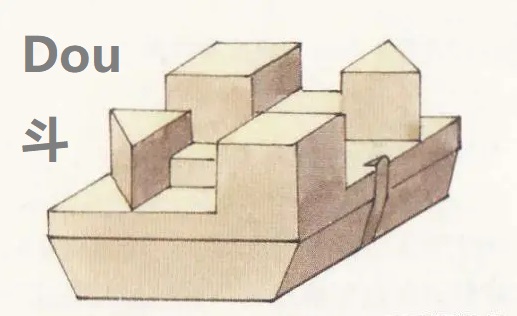
bracket set
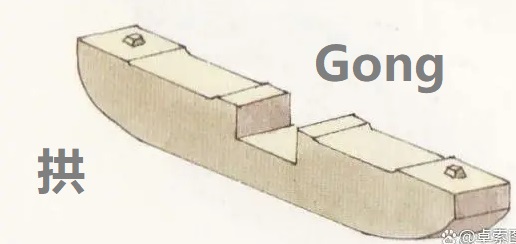
bracket arm
The arch of wooden architecture is composed of two parts: the arched structure formed by the layers protruding from the top of the column is called "arch", and the square wood block between the arches is called "bucket".
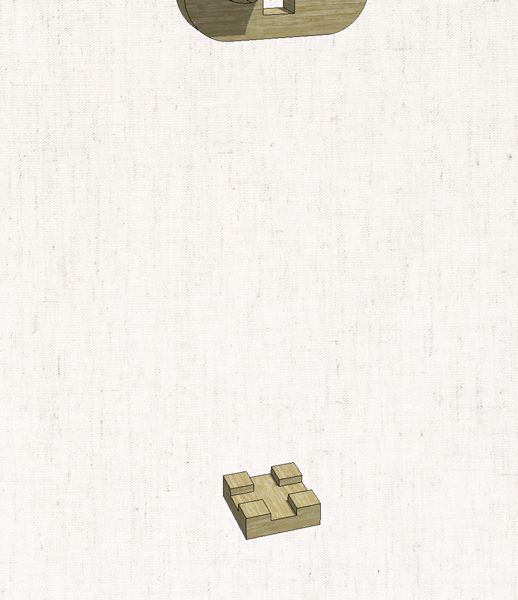
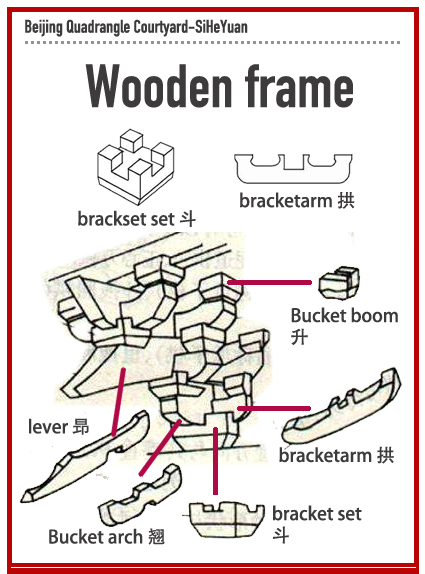
B. Mortise and Tenon (SunMao)

mortise and tenon
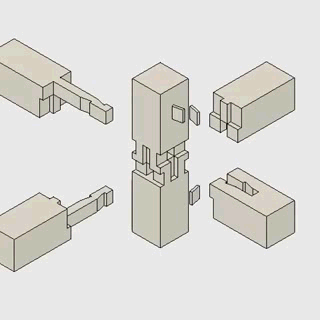
C. Combined application of mortise tenon and arch of wooden architecture
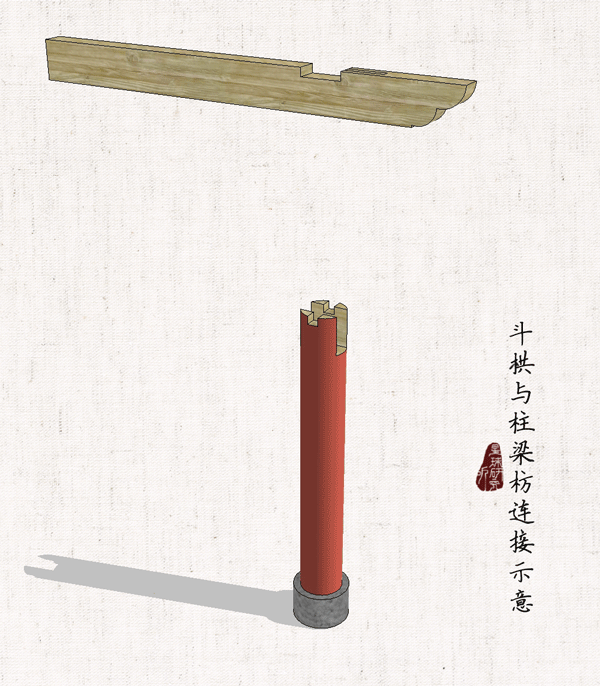
D. Arch of wooden architecture has four functions:
1. Load action
It is located between the column and the beam. The load transmitted from the roof and the superstructure is transmitted to the column through the arch of wooden architecture, and then to the foundation from the column. Therefore, it plays the role of connecting the preceding and the following, and transferring the load.
2. Increase the distance
It protrudes outward, allowing the outermost layer of sandalwood to be pulled out a certain distance, making the eaves of the building more profound, and the shape more beautiful and spectacular. For a long time after it is formed, it is used as the basic scale of component size.
3. Seismic effect
The combination of mortise and tenon joints is the key to earthquake resistance. This structure is very similar to modern beam column frame structures. The nodes of the structure are not rigidly connected, which ensures the stiffness coordination of the building. When encountering a strong earthquake, the spatial structure using mortise and tenon joints may "loosen" but will not "fall apart", consuming the energy transmitted by the earthquake and greatly reducing the seismic load on the entire house, playing a role in earthquake resistance.
4. Decorative function
It is exquisitely constructed and aesthetically pleasing, resembling a bonsai or flower basket, and is also a great decorative component. Later, the arch of wooden architecture gradually became a decoration (later, brick walls were used, and the eaves became closer and less effective), which was also a sign to distinguish building grades. The more noble the building, the more complex and prosperous the arch of wooden architecture.